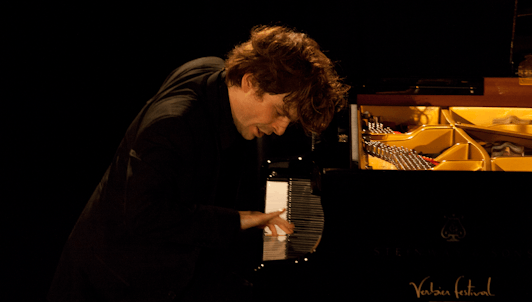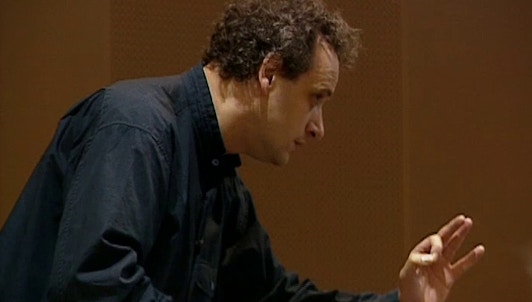The opening notes of the Piano Concerto for the Left Hand (1932) open the evening with a sense of absence. This singular work, rich in virtuosity and “tragic intensity” (in the words of musicologist Roland-Manuel), was written for a pianist who had lost his right arm during World War I. Next comes an earlier war-inspired work: La Valse (1920), a cheeky homage to the music of Strauss that is nonetheless imbued with an existential malaise. David Kadouch continues with the Piano Concerto in G (1932) which, though premiered shortly after the more tragic concerto heard earlier, is full of vibrant and joyful colors reminiscent of Gershwin. In the wake of these lively rhythms comes the only fitting grand finale: the famous Boléro (1928). A modern danse macabre, in a sense, this irrepressible ballet music seems to celebrate, through its circular structure and devilish crescendo, the triumph of life over the vagaries of history.


